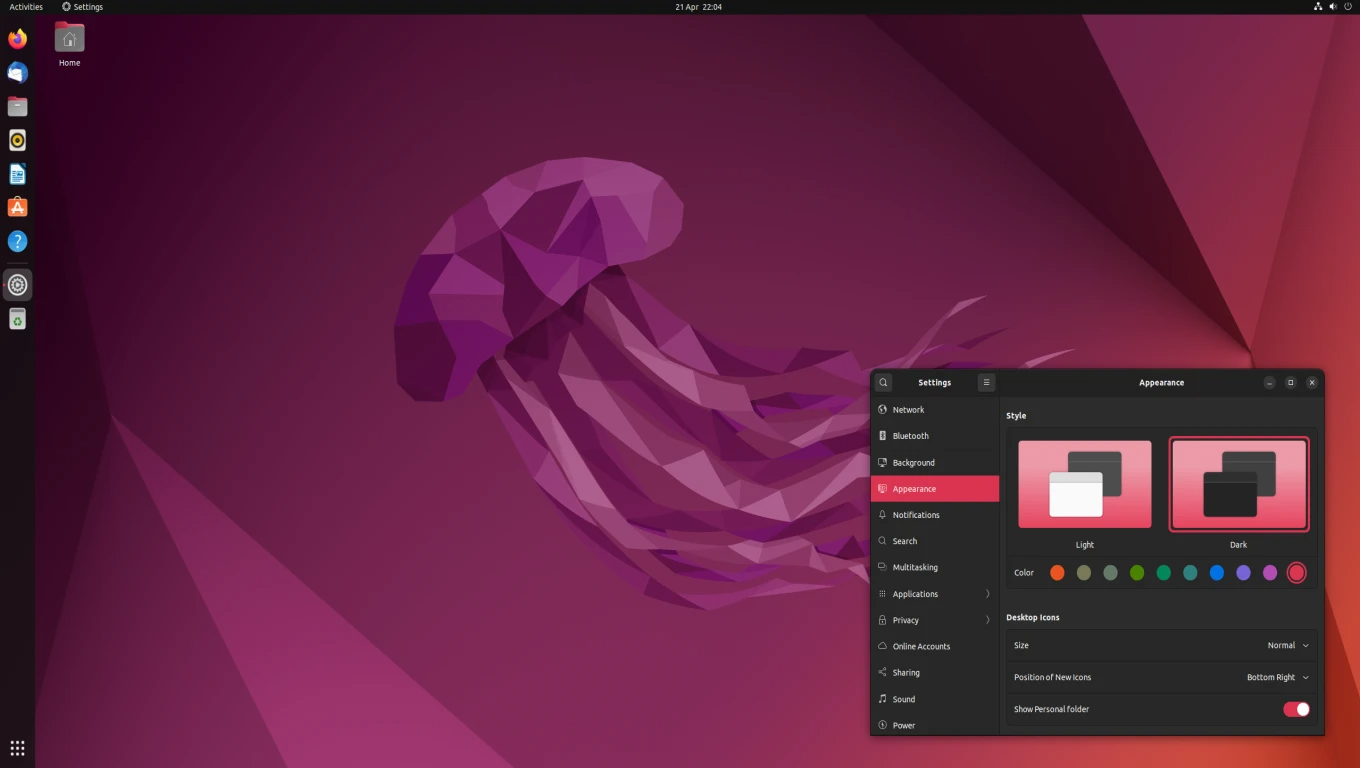Table of contents
1. Detailed introduction: Microsoft Windows_Baidu Encyclopedia
3. Differences between Windows versions
3. Windows advantages and disadvantages
1. Detailed introduction: Linux_Baidu Encyclopedia
3. Differences between Linux versions
4. Advantages and disadvantages of Linux
1. Detailed introduction: macOS_Baidu Encyclopedia
3. Advantages and disadvantages of macOS
1. Windows operating system
1. Detailed introduction: Microsoft Windows_Baidu Encyclopedia
2. General introduction
Microsoft Windows is a set of operating systems developed by Microsoft Corporation in the United States. From the original Windows 1.0 to the well-known Windows 7, Windows 8, Windows 10, and Windows 11, it has been continuously updated.

3. Differences between Windows versions
Home Edition:
Generally speaking, desktops or notebooks purchased at ordinary times are pre-installed with this home version system, which is suitable for the most basic personal users and fully meets daily office work. If you feel that it is not enough, you can upgrade to the professional version.
Professional Edition:
The professional version is suitable for technical personnel. It is an upgraded version of the home version. It mainly has some more advanced functions, such as remote support, data protection, and so on.
Enterprise Edition:
In addition to all the functions of the home version and the professional version, the enterprise version has many more functions, which are naturally aimed at the enterprise level and can better protect enterprise data. However, these added functions are aimed at enterprise users. Not suitable for individual users.
Education Edition:
On the basis of the enterprise version, it is specially provided for academic institutions, and its functions are almost the same as those of the enterprise version.
3. Windows advantages and disadvantages
advantage:
Rich software, relatively low threshold, friendly to ordinary users, better support for games and graphics cards, strong interface customization, best UI, and good ease of use.
shortcoming:
Poor software compatibility, no open source, many Trojan horse viruses, and poor security.
2. Linux operating system
1. Detailed introduction: Linux_Baidu Encyclopedia
2. General introduction
Linux is a set of operating systems that are free to use and spread freely. Commonly used Linux distribution operating systems include Ubuntu, CentOS, etc., which are open source operating systems.

3. Differences between Linux versions
Ubuntu:
Ubuntu is a Linux operating system mainly based on desktop applications. In the past, people thought that Linux was difficult to install and use. After the appearance of Ubuntu, these have become history.
Ubuntu_Baidu Encyclopedia ![]() https://baike.baidu.com/item/ubuntu/155795
https://baike.baidu.com/item/ubuntu/155795
4. Advantages and disadvantages of Linux
advantage:
High stability and fluency, high security, open source, system vulnerabilities are easier to be found and repaired.
shortcoming:
For CentOS, or Ubuntu, if you are not familiar with Linux commands, it is difficult to use.
3. macOS operating system
1. Detailed introduction: macOS_Baidu Encyclopedia
2. General introduction
macOS is an operating system developed by Apple that runs on Macintosh series computers.

3. Advantages and disadvantages of macOS
advantage:
The UI is more beautiful, the interface is simple and beautiful, no ads, high efficiency, no lag, and high efficiency.
shortcoming:
The macOS system is not open source and is an operating system that runs on Macintosh series computers.